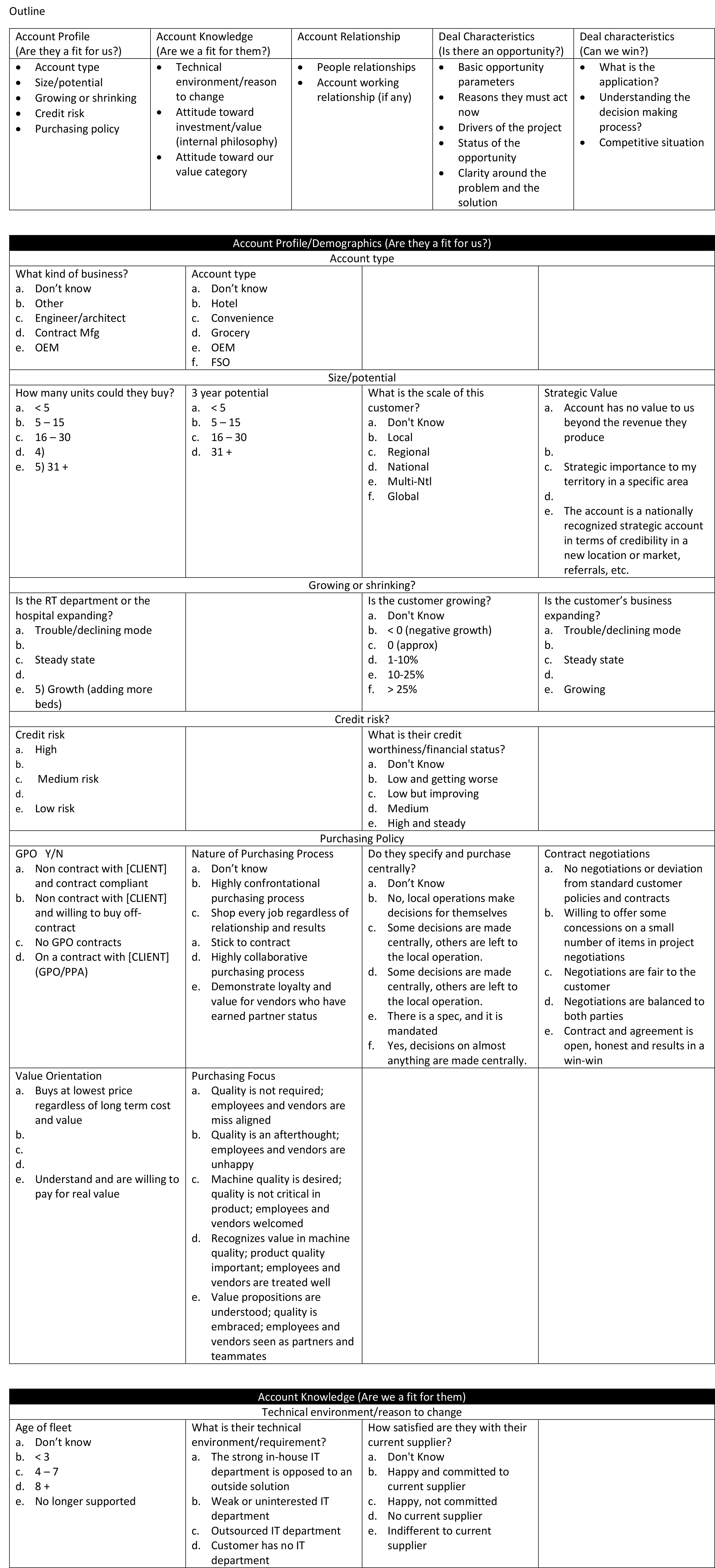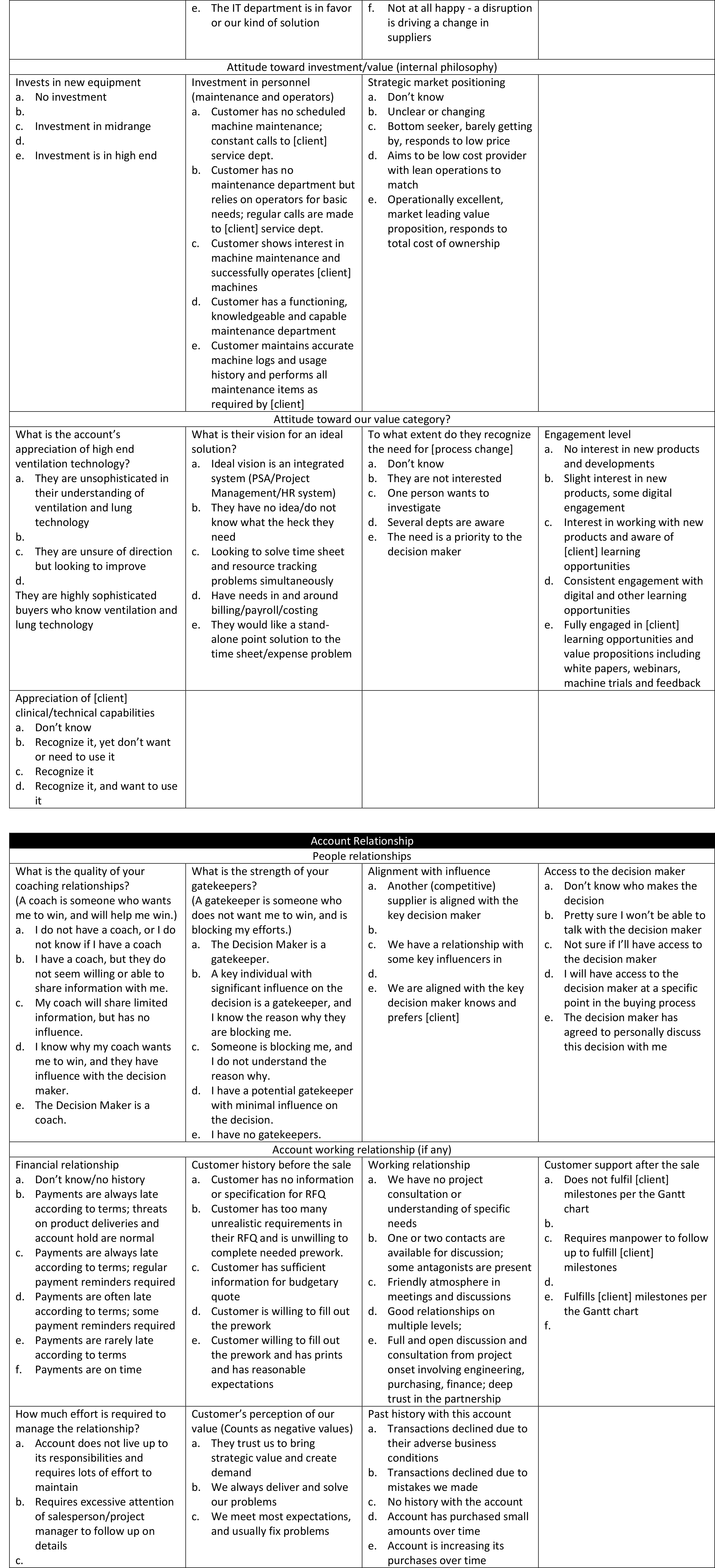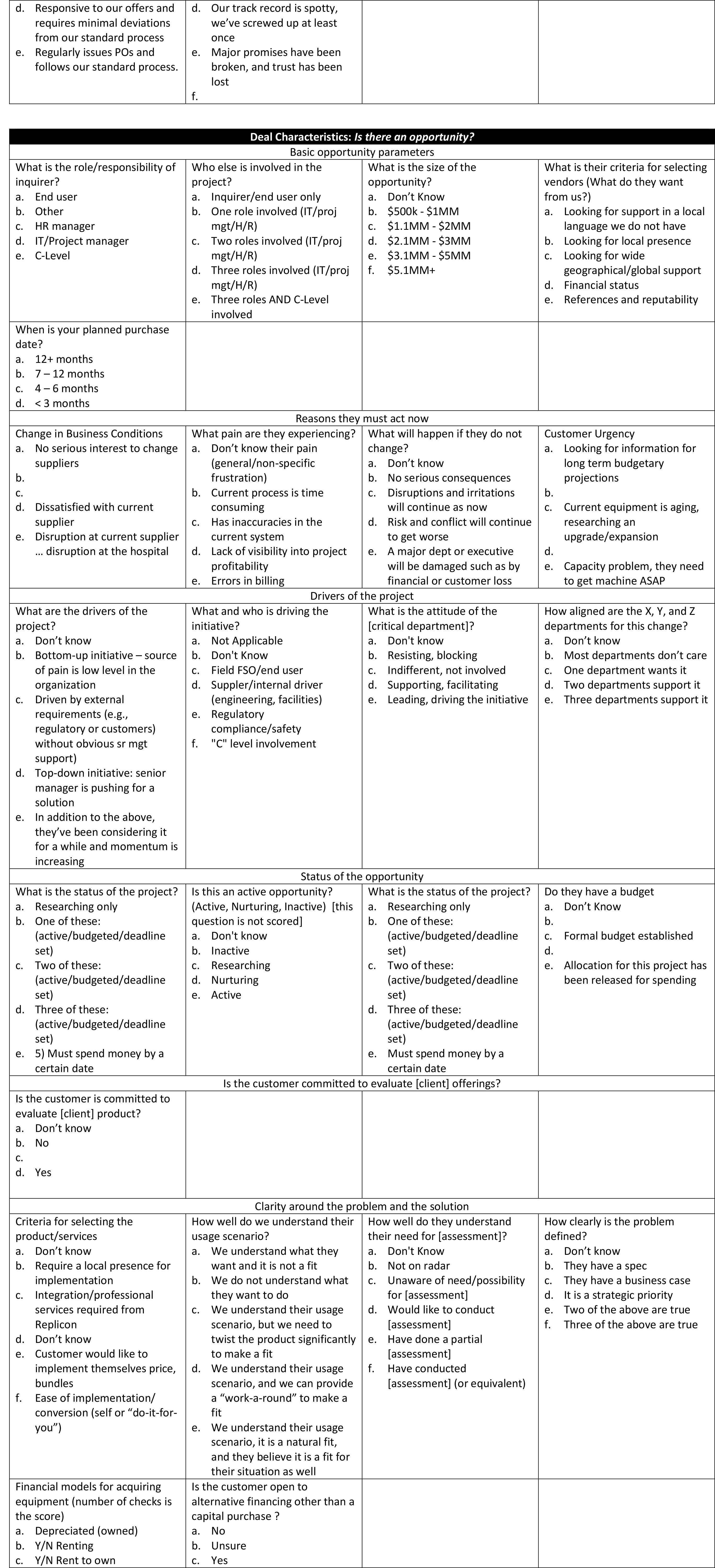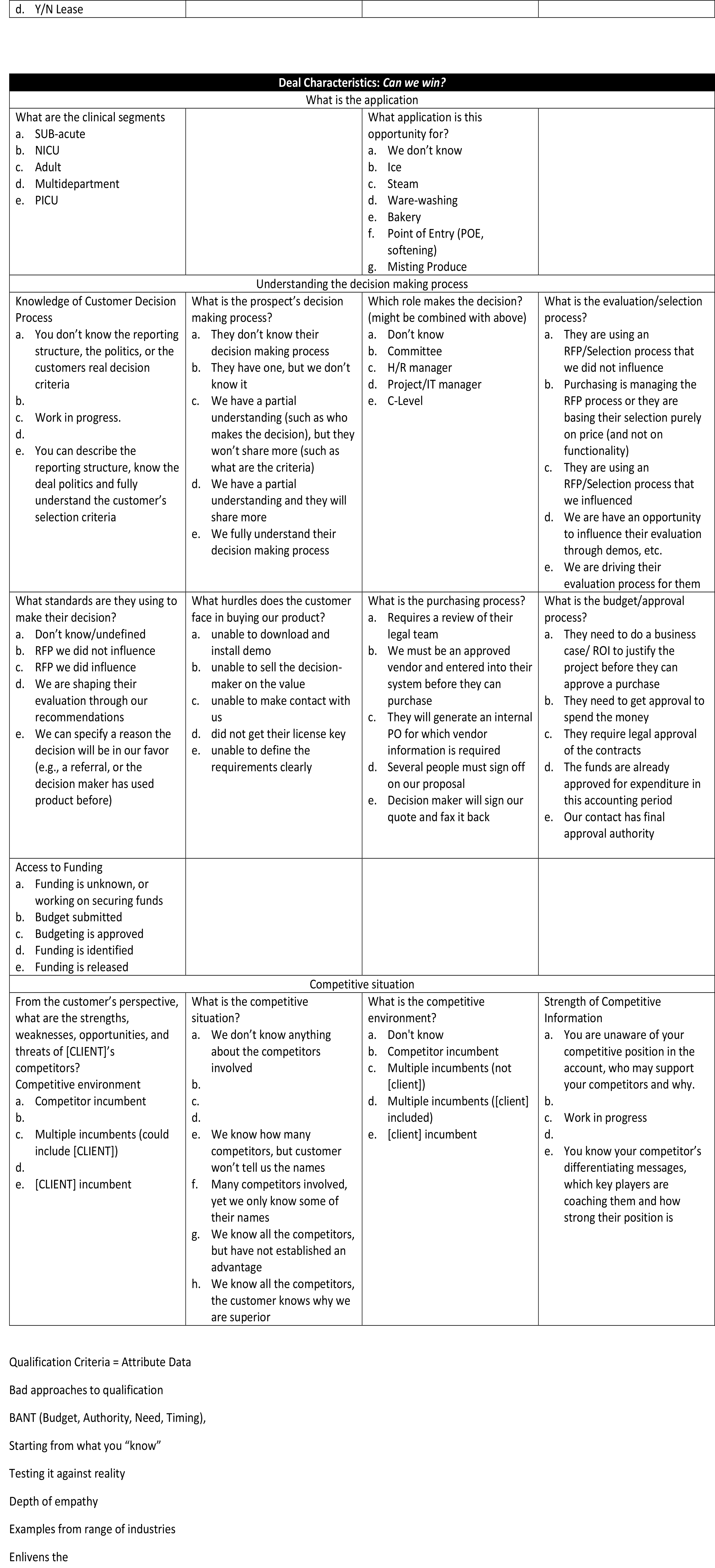How to Revolutionize B2B Sales Results
(Part 2 of Is Your Sales Qualification Criteria Doing Its Job?)
 In “Is Your Sales Qualification Criteria Doing Its Job?” I ranted about how traditional approaches to sales qualification are myopic, remedial, and static. In reality, your market is like an ever changing magnetic field.
In “Is Your Sales Qualification Criteria Doing Its Job?” I ranted about how traditional approaches to sales qualification are myopic, remedial, and static. In reality, your market is like an ever changing magnetic field.
What B2B companies need instead is the opposite of myopic, remedial, and static. What you need is a way to reveal those magnetic forces:
- Rather than myopically focusing on your on your company’s needs, the approach should enable exploring the customer’s interests
- Rather than aimed at detecting conformance to a rule, the approach should engage salespeople in improving the way they deal with the reality of their situations
- Rather than being an arbitrary rule that does not change, the approach should enable the rules to change and improve based on what is learned.
In production, you never want to add value to scrap, and in sales it is the same. Unfortunately, most organizations find after going through this exercise that they were doing exactly that, with GUSTO!
That’s why accomplishing the above things will revolutionize your B2B sales results. It is a means of enabling your team members to know they are all pulling in the right direction.
The first step to improving is identifying the cause of undesirable results, or effects. The second step is to identify these characteristics in your production flow so as to reduce or eliminate them. Then, the third step is to find a way to increase the flow of higher quality raw materials.
Exactly the same thing needs to happen in B2B sales and marketing. The only difference is that the “raw material” is people in the market. You need to understand what they want, and what makes a good match for what you offer. In fact this needs to be something your organization is constantly refining and improving.
Leading the team to begin improving their qualification criteria is one of the most powerful things any sales leader can do. It is a conversation that begins at a high level and then spirals down to more – and more valuable – details. Here is the procedure for an initial conversation, in a nut-shell:
- First spiral: Lead a discussion with your team to frame the most important and critical undesirable results and effects they are struggling with. The idea is to get them primed up to analyze more deeply what they know, and what they need to know about their accounts and sales opportunities.
- Second spiral: Ask them to brainstorm the main categories of things that determine whether or not their prospects and customers will benefit from your offer and also to buy from you.Here you are looking for things characterizing the best possible prospects and the really lousy prospects. You are trying to get their minds working in the direction that enables them to identify two basic categories and five kinds of attributes within them.Account_ Profile information
_ Knowledge of the account (are you a fit for them?)
_ Relationship with the account (are they a fit for us?)
Sales opportunity
_ Basic parameters
_ Deal characteristics
So you can get some familiarity with what these mean, below is some descriptive information for each of these categories and attributes:
Account
_ Profile information
business type, size/potential, growing/shrinking, credit risk, purchasing policy
_ Knowledge of the account (are you a fit for them?)
technical/environmental, reason to change, attitude toward investment/your kind of offer
_ Relationship with the account (are they a fit for us?)
who you know, what they think of you, what has been the working relationship (if any)
Sales opportunity:
_ Basic parameters (is there an opportunity?)
reasons they must act now, drivers, status, and clarity of the value
_ Deal characteristics (Can we win?)
What is the application? the decision making process? the competitive situation?
- Third spiral: The third spiral is where the rubber really meets the road. In the remainder of this document, we have assembled a representative set of examples of qualification criteria to help you and your team do a thorough job of defining more meaningful criteria you can learn and improve from.
By using these examples and “tuning them” to your environment, you are assured of being able to improve your close ratios, your forecast accuracy, and most importantly, your ability to engage with your team in learning from each other around what salespeople are dealing with on the street.
As my long time readers know, what I’m recommending here is for you to set up a “check-sheet” that converts the observations salespeople make about their accounts in to numbers. Each question presents a range of potential observations, which are scored from zero (don’t know) to five, with five being the highest quality, or most likely to buy from you.
This data can be collected manually, but it is easier if you have some kind of automated vehicle. We can help you there, just send Michael an email @mwebb@salesperformance.com.





